- You have no items in your shopping cart
- Continue Shopping

How and Why to Do Only Two Workouts a Day – Complete Guide
Discover the science behind doing only two workouts per day for maximum results. Learn optimal timing, benefits, and proven strategies for efficient fitness.
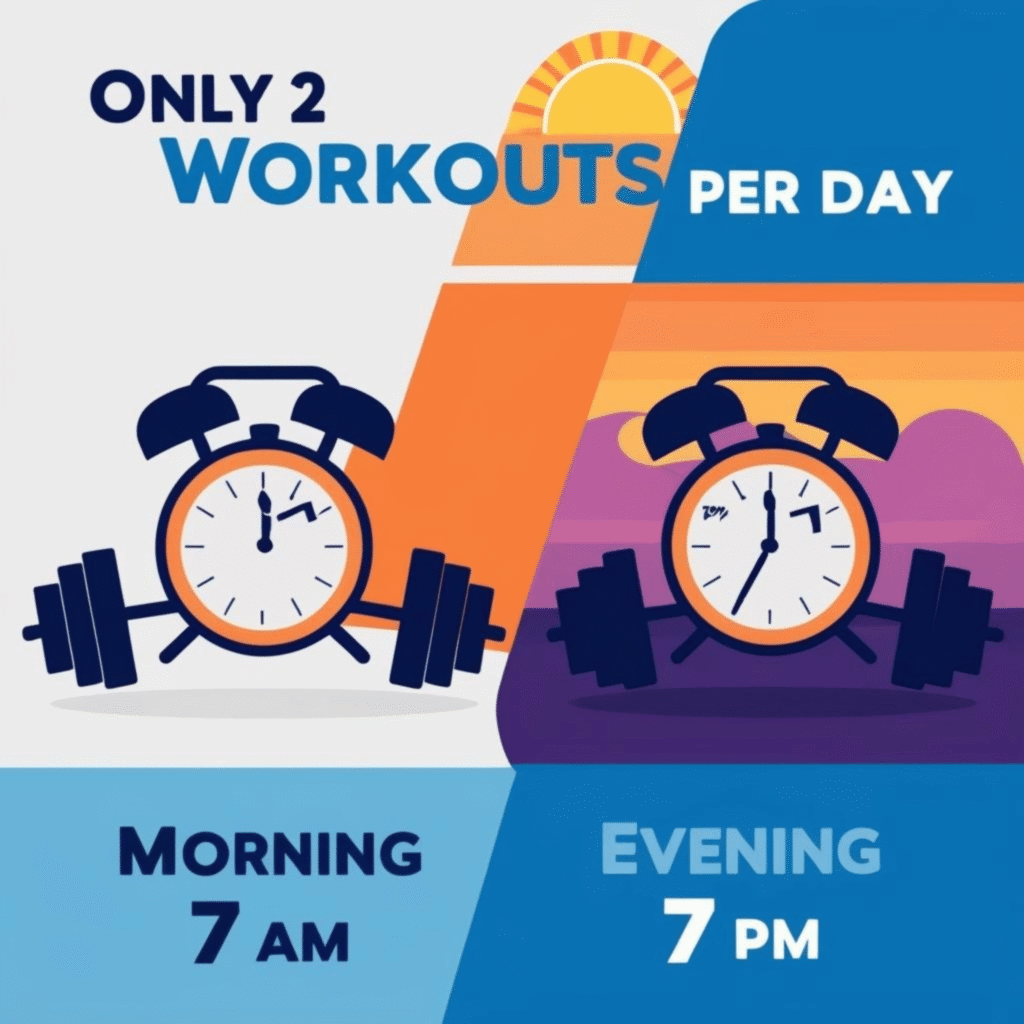
In today’s fast-paced world, finding the perfect balance between effective fitness and time management has become increasingly challenging. The concept of limiting yourself to only two workouts per day might seem counterintuitive to those who believe “more is better,” but scientific evidence and practical experience suggest otherwise. This comprehensive guide explores how and why to do only two workouts a day, providing you with the knowledge and strategies needed to maximize your fitness results while optimizing your time and recovery.
Why Two Workouts Per Day Is the Sweet Spot for Most People
The Science Behind Optimal Workout Frequency
Understanding how and why to do only two workouts a day begins with examining the physiological principles that govern exercise adaptation and recovery. Your body operates on a complex system of stress, adaptation, and recovery cycles that determine how effectively you can build strength, endurance, and overall fitness.
When you exercise, you create microscopic damage to muscle fibers and stress various physiological systems. This stress triggers adaptive responses that make you stronger and fitter over time. However, these adaptations only occur during recovery periods between workouts. By limiting yourself to two workouts per day, you provide adequate time for these crucial recovery processes to take place.
Research published in the Journal of Sports Medicine and Physical Fitness demonstrates that individuals who perform two well-structured workouts per day often achieve superior results compared to those who engage in three or more daily training sessions. This phenomenon occurs because the quality of each workout remains high when you’re not constantly fatigued from excessive training volume.
Hormonal Optimization Through Strategic Exercise Timing
The question of how and why to do only two workouts a day is intimately connected to your body’s natural hormonal rhythms. Your cortisol levels, testosterone production, and growth hormone release all follow predictable daily patterns that can be leveraged for optimal training results.
Morning workouts capitalize on naturally elevated cortisol levels, which provide energy and focus for intense training sessions. Evening workouts can take advantage of peak body temperature and flexibility, making them ideal for strength training or skill-based activities. By spacing these two workouts appropriately throughout the day, you align your training with your body’s natural rhythms while allowing sufficient recovery time between sessions.
How to Structure Your Two Daily Workouts for Maximum Effectiveness
Morning Workout: Starting Strong
Learning how and why to do only two workouts a day requires understanding the unique benefits of morning exercise. Your first workout should typically occur within 2-3 hours of waking, when your cortisol levels are naturally elevated and your mind is fresh and focused.
Morning workouts are particularly effective for cardiovascular training, high-intensity interval training (HIIT), or metabolically demanding exercises. The elevated cortisol helps mobilize stored energy, making fat-burning more efficient during morning sessions. Additionally, completing a challenging workout early in the day provides psychological benefits, including increased confidence and energy that carries through your entire day.
For optimal results, your morning workout should last between 30-45 minutes and focus on either cardiovascular fitness or compound strength movements. This duration allows you to achieve significant training stimulus without excessive fatigue that might compromise your evening session or daily activities.
Evening Workout: Building and Refining
The second component of how and why to do only two workouts a day involves strategic evening training. Your evening workout should occur at least 6-8 hours after your morning session, allowing for adequate recovery and energy replenishment.
Evening workouts are ideal for strength training, skill development, or flexibility work. Your body temperature is typically 1-2 degrees higher in the evening, which improves muscle function and reduces injury risk. Additionally, your joints are more mobile and your nervous system is primed for complex movement patterns after a full day of activity.
Your evening session can be slightly longer than your morning workout, typically 45-60 minutes, since you have the entire night for recovery. This is an excellent time for progressive overload training, technique refinement, or targeted muscle group development.
The Recovery Factor: Why Less Can Be More
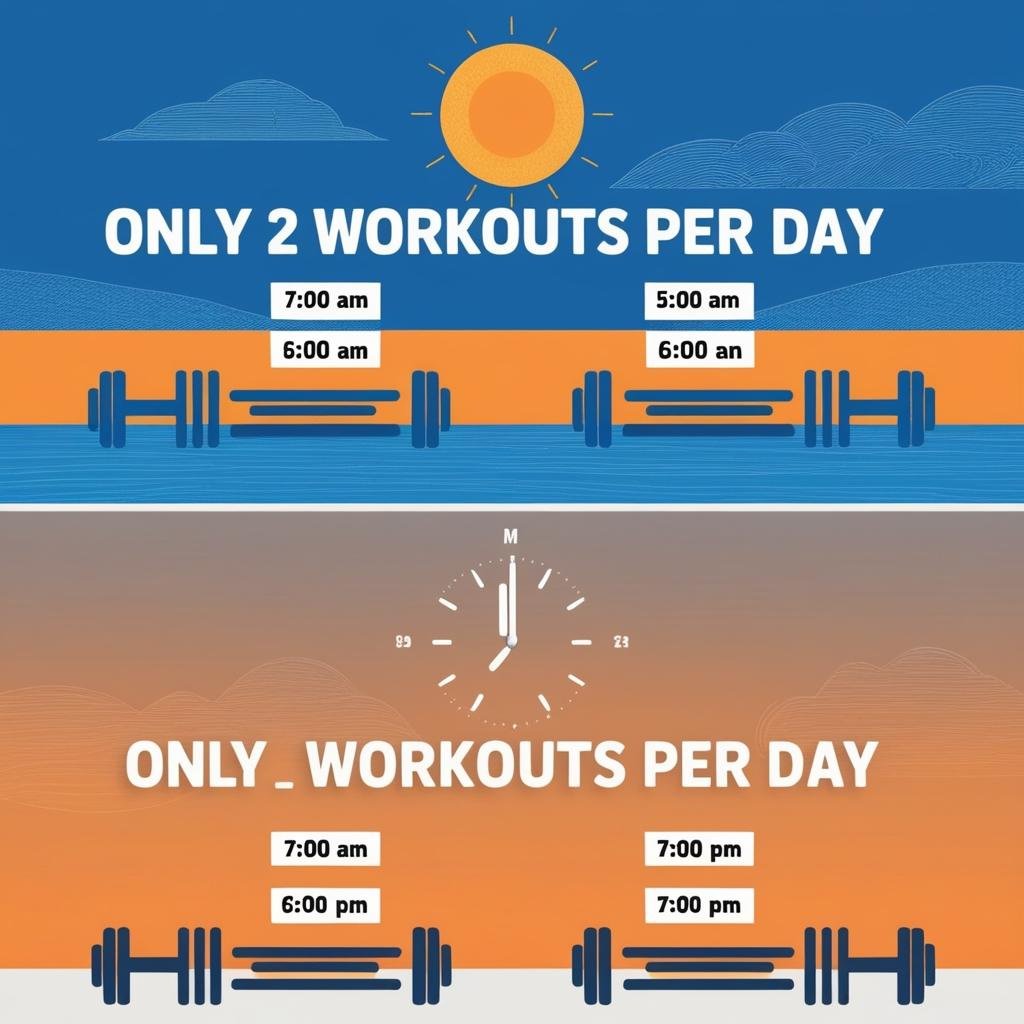
Understanding the Recovery Imperative
A critical aspect of how and why to do only two workouts a day centers on the fundamental principle that adaptation occurs during recovery, not during exercise itself. Every time you work out, you create a training stimulus that requires time and resources to process and adapt to.
When you limit yourself to two workouts per day, you create adequate windows for several crucial recovery processes. Protein synthesis, which builds and repairs muscle tissue, peaks 24-48 hours after exercise. Glycogen replenishment, essential for energy during subsequent workouts, requires 12-24 hours depending on the intensity and duration of your training. Nervous system recovery, often overlooked but critically important, can take 24-72 hours depending on the complexity and intensity of the exercises performed.
The Diminishing Returns of Excessive Training
Understanding how and why to do only two workouts a day also involves recognizing the diminishing returns associated with excessive training frequency. Research consistently shows that beyond a certain threshold, additional workout sessions contribute more to fatigue accumulation than fitness improvement.
The concept of “minimum effective dose” applies perfectly to workout frequency. Just as you wouldn’t take more medication than necessary to achieve the desired therapeutic effect, performing more workouts than necessary can actually hinder your progress. Two well-planned, high-quality workouts typically provide 80-90% of the benefits you could achieve with three or four sessions, while requiring significantly less time and recovery resources.
Practical Implementation Strategies
Designing Your Two-Workout System
Successfully implementing how and why to do only two workouts a day requires careful planning and systematic approach. Your workout selection should be based on your specific goals, fitness level, and available time.
For general fitness and health, consider pairing a morning cardiovascular session with an evening strength training workout. This combination addresses both aerobic and anaerobic fitness components while maintaining clear separation between different training stimuli.
Athletes or individuals with specific performance goals might benefit from morning skill or technique work followed by evening conditioning or strength development. The key is ensuring that your two workouts complement rather than interfere with each other.
Nutrition Timing for Two-Workout Success
Proper nutrition timing becomes even more critical when learning how and why to do only two workouts a day. Your eating pattern must support both workout sessions while promoting recovery between them.
Plan to eat a light, easily digestible meal 1-2 hours before your morning workout, focusing on carbohydrates for energy and minimal fat or protein to avoid digestive issues. Post-morning workout nutrition should emphasize protein and carbohydrates to begin the recovery process immediately.
Between your two workouts, maintain consistent blood sugar levels with balanced meals and snacks. Your pre-evening workout meal should be more substantial than your morning pre-workout nutrition, since you’ll have had more time for digestion. Post-evening workout nutrition should focus heavily on protein to support overnight recovery and muscle building processes.
Progressive Overload Within the Two-Workout Framework
Understanding how and why to do only two workouts a day includes mastering progressive overload within this constrained framework. Progressive overload – gradually increasing training demands over time – remains the fundamental driver of fitness improvement regardless of workout frequency.
With only two daily workouts, each session becomes more valuable, requiring careful attention to progression strategies. You can manipulate intensity, volume, complexity, or frequency (within the two-workout limit) to ensure continued adaptation.
Weekly periodization becomes particularly important in a two-workout system. You might alternate between higher and lower intensity days, vary the focus between your two workouts throughout the week, or implement wave-like progression patterns that prevent plateaus while maintaining the two-workout structure.
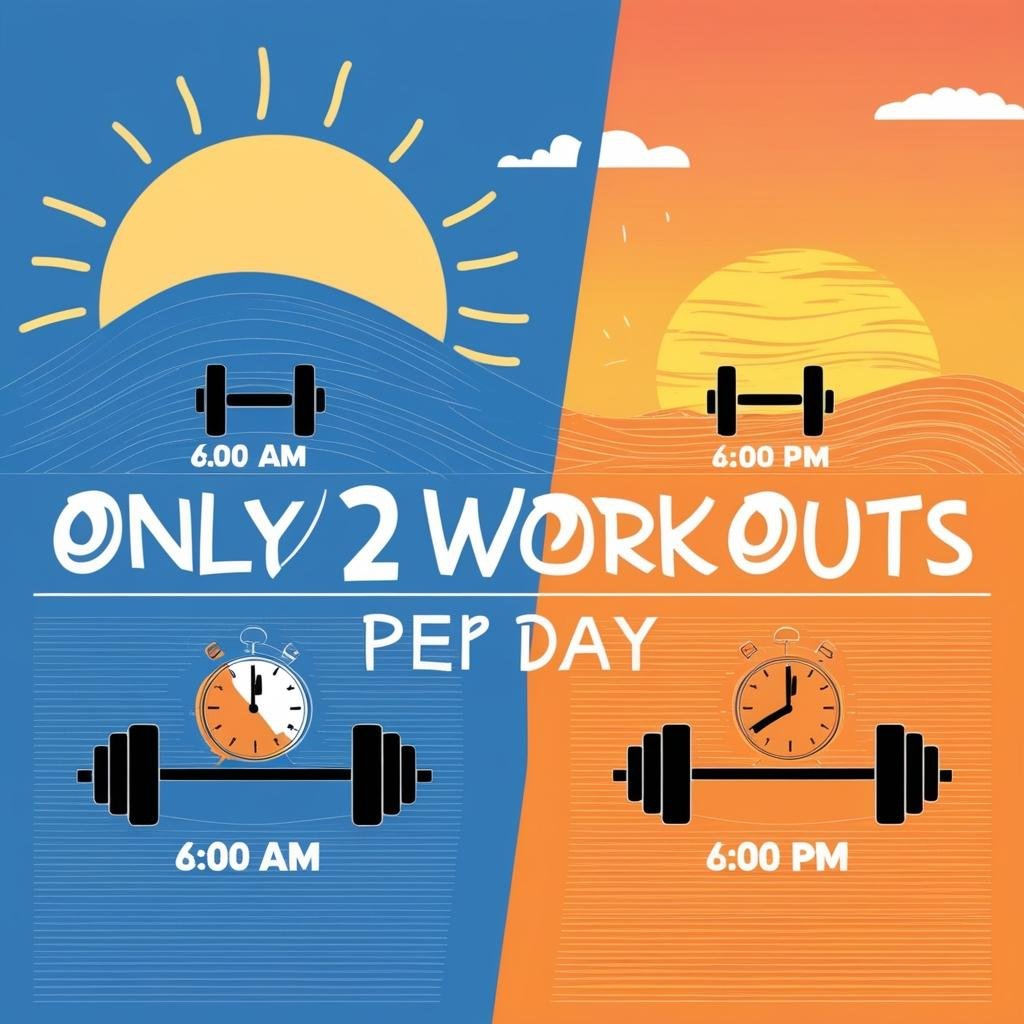
Common Mistakes and How to Avoid Them
The Intensity Trap
One of the most common errors when learning how and why to do only two workouts a day involves attempting to compensate for reduced frequency with excessive intensity. While it’s natural to think that fewer workouts require higher intensity, this approach often leads to burnout, injury, or poor recovery.
The key is maintaining appropriate intensity for each workout’s purpose while respecting your body’s recovery capacity. Not every workout needs to be exhausting to be effective. Sometimes a moderate-intensity session provides exactly the stimulus needed for continued progress.
Neglecting Workout Variety
Another pitfall in implementing how and why to do only two workouts a day is falling into repetitive workout patterns. While consistency is important, your body adapts to repeated stimuli, requiring periodic variation to continue progressing.
Plan for systematic variety in your two-workout routine. This might involve changing exercises every 4-6 weeks, alternating between different training modalities, or implementing seasonal variations in your workout structure. The goal is maintaining engagement and preventing adaptation plateaus while staying within the two-workout framework.
Ignoring Recovery Quality
Simply limiting yourself to two workouts per day doesn’t automatically guarantee adequate recovery. The quality of your rest periods between workouts significantly impacts your results and long-term progress.
Focus on sleep quality, stress management, hydration, and active recovery strategies between your two workouts. Poor recovery quality can negate the benefits of optimal workout frequency, while excellent recovery practices can amplify the effectiveness of your training program.
Advanced Strategies for Two-Workout Optimization
Periodization Within Daily Structure
Advanced practitioners of how and why to do only two workouts a day can implement sophisticated periodization strategies within their daily training structure. This involves systematically varying the relationship between your two workouts based on training goals, competition schedules, or seasonal considerations.
During strength-building phases, you might perform heavy compound movements in the morning when you’re fresh, followed by accessory work or conditioning in the evening. During fat-loss phases, you might reverse this order, using morning cardio to maximize fat oxidation and evening strength work to preserve muscle mass.
Biofeedback Integration
Sophisticated implementation of how and why to do only two workouts a day involves integrating biofeedback measures to optimize workout timing and intensity. Heart rate variability, sleep quality metrics, subjective energy levels, and performance markers can all inform daily workout decisions.
On days when biofeedback indicates suboptimal recovery, you might reduce the intensity of one or both workouts, modify the exercises selected, or even replace one workout with active recovery activities. This responsive approach maximizes the effectiveness of your two-workout system while minimizing the risk of overtraining.
Environmental and Seasonal Considerations
Understanding how and why to do only two workouts a day also involves adapting your approach to environmental and seasonal factors. Temperature, daylight exposure, humidity, and seasonal changes all impact your body’s response to exercise and recovery.
During summer months, you might shift both workouts earlier to avoid peak heat, while winter might require later morning starts to take advantage of available daylight. Indoor air quality, altitude changes during travel, and work schedule variations all influence optimal workout timing within your two-session framework.
Measuring Success in Your Two-Workout System
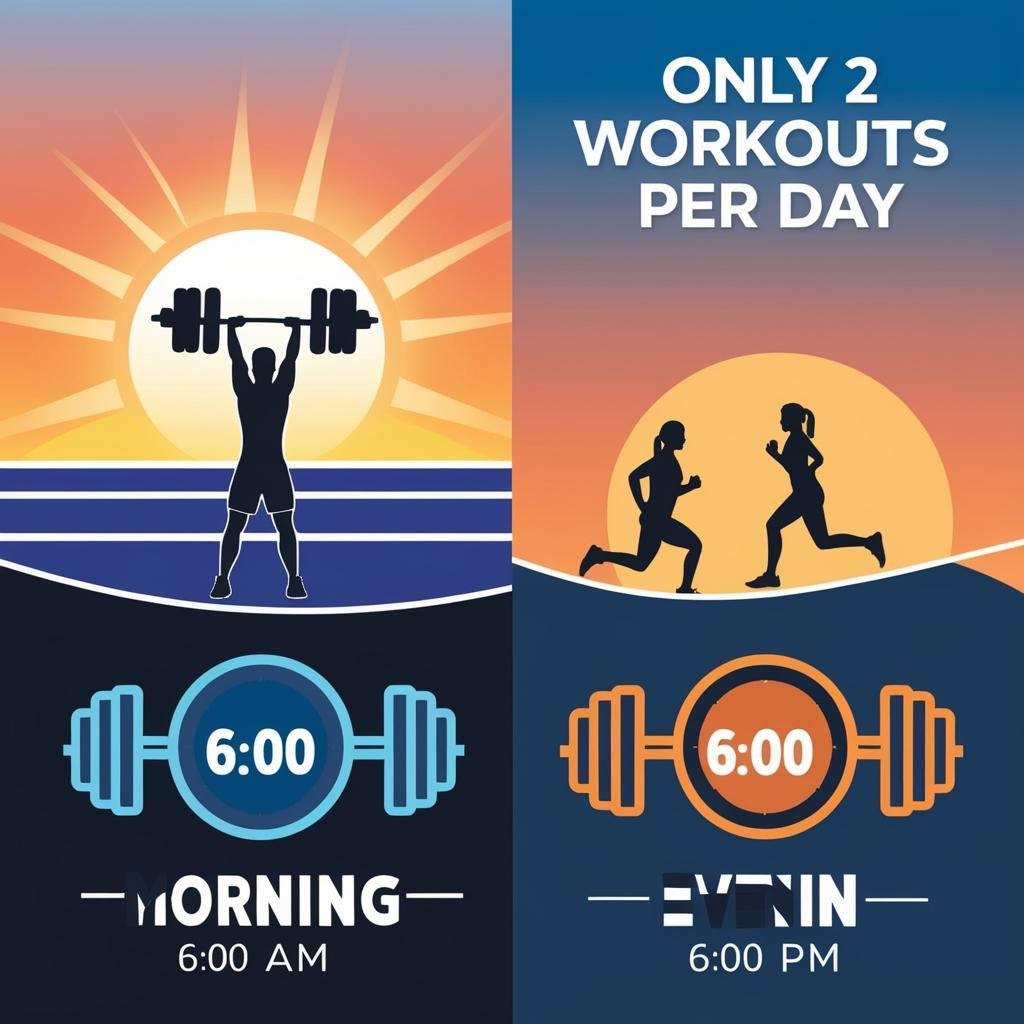
Key Performance Indicators
Successfully implementing how and why to do only two workouts a day requires establishing clear metrics for tracking progress and making adjustments. Traditional measures like strength gains, endurance improvements, and body composition changes remain relevant, but you should also monitor recovery quality and workout sustainability.
Track your energy levels throughout the day, sleep quality, motivation for exercise, and ability to maintain workout intensity over time. These subjective measures often provide early warning signs of overtraining or indicate when your two-workout system is optimally calibrated.
Long-term Adaptation Patterns
The benefits of understanding how and why to do only two workouts a day often become most apparent over extended time periods. While initial progress might seem slower compared to higher-frequency training programs, the sustainability and consistency advantages typically result in superior long-term outcomes.
Monitor your progress over 3-6 month periods rather than focusing on week-to-week changes. The reduced fatigue accumulation and improved recovery associated with two-workout systems often lead to steadier, more consistent progress with fewer plateaus or setbacks.
Special Populations and Modifications
Age-Related Considerations
The principles of how and why to do only two workouts a day may require modification based on age-related factors. Younger individuals might benefit from slightly higher intensities with adequate recovery time, while older adults might emphasize movement quality and consistency over intensity.
Recovery capacity generally decreases with age, making the two-workout approach particularly beneficial for individuals over 40. The reduced training frequency allows for more complete recovery between sessions while maintaining sufficient stimulus for continued adaptation.
Gender-Specific Adaptations
Understanding how and why to do only two workouts a day should account for gender-specific physiological differences. Women may benefit from adjusting workout timing based on menstrual cycle phases, while men might optimize their training around natural testosterone fluctuations throughout the day.
Female athletes might find that workout intensity tolerance varies significantly throughout their cycle, requiring flexible approaches within the two-workout framework. Male athletes might benefit from aligning their higher-intensity session with peak testosterone periods, typically in the morning.
Integration with Lifestyle Factors
Work Schedule Optimization
Successfully implementing how and why to do only two workouts a day requires careful integration with work and family responsibilities. The two-workout approach often provides more flexibility than higher-frequency programs, allowing for better work-life-fitness balance.
Consider your energy demands throughout the workday when timing your two workouts. Mentally demanding jobs might benefit from morning physical activity to enhance cognitive function, while physically demanding occupations might require evening workouts to avoid additional fatigue during work hours.
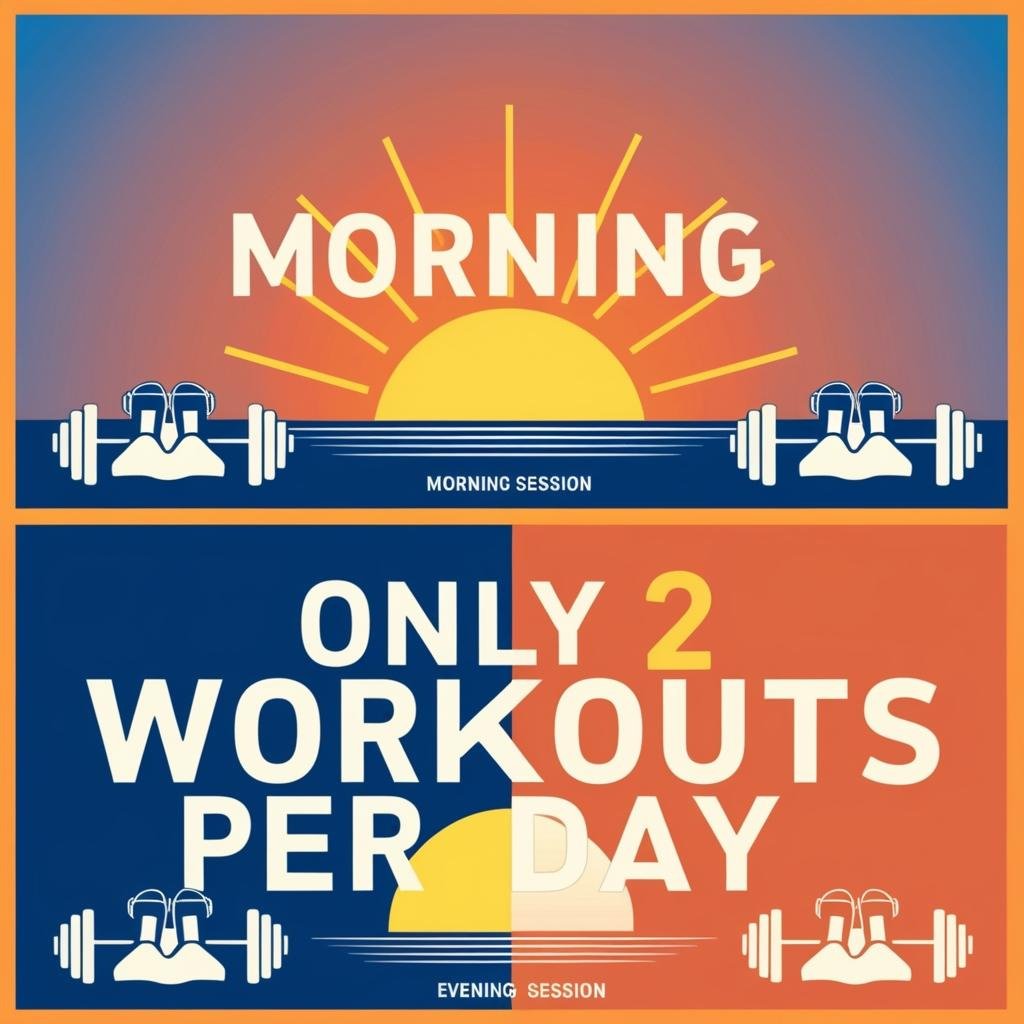
Travel and Schedule Disruptions
The robust nature of how and why to do only two workouts a day makes it particularly adaptable to travel and schedule disruptions. With only two workouts to maintain, you can more easily adjust timing, location, or exercise selection while maintaining training consistency.
Develop contingency plans for common disruptions like early meetings, late work sessions, or travel schedules. Having flexible alternatives ensures that temporary schedule changes don’t derail your long-term progress.
The Psychology of Two-Workout Success
Building Sustainable Habits
The psychological aspects of how and why to do only two workouts a day are often as important as the physiological considerations. The manageable nature of two daily workouts makes habit formation easier and reduces the psychological barriers that often lead to program abandonment.
Focus on consistency over perfection when establishing your two-workout routine. Missing one workout doesn’t derail your entire day, and the moderate frequency makes it easier to return to your routine after breaks or disruptions.
Motivation and Adherence
Understanding how and why to do only two workouts a day includes recognizing the motivational advantages of this approach. The quality-over-quantity mindset can be deeply satisfying and sustainable over long periods.
Set realistic expectations and celebrate small victories within your two-workout system. Progress might feel different compared to higher-frequency programs, but the consistency and sustainability often lead to greater long-term satisfaction and results.
Conclusion: Embracing the Power of Two
Learning how and why to do only two workouts a day represents a fundamental shift from the “more is better” mentality that dominates much of fitness culture. This approach recognizes that optimal results come from intelligent application of training stress, adequate recovery, and sustainable practices rather than simply maximizing workout frequency.
The two-workout system offers a perfect balance between effectiveness and sustainability, providing sufficient stimulus for continued adaptation while respecting your body’s recovery needs and life responsibilities. By understanding the science behind optimal workout frequency, implementing strategic timing and exercise selection, and maintaining focus on long-term consistency, you can achieve excellent results while maintaining a balanced, sustainable approach to fitness.
Whether you’re a busy professional seeking efficient fitness solutions, an athlete looking to optimize performance, or someone who has struggled with overly complex training programs, the principles of how and why to do only two workouts a day offer a pathway to sustainable success. The key lies not in doing more, but in doing what matters most, when it matters most, with the consistency and quality that drives long-term results.
Remember that fitness is a lifelong journey, and the strategies that prove sustainable over decades are often more valuable than those that produce rapid short-term changes. By embracing the power of two daily workouts, you’re choosing a path that honors both your fitness goals and your overall quality of life, creating a foundation for success that can last a lifetime.



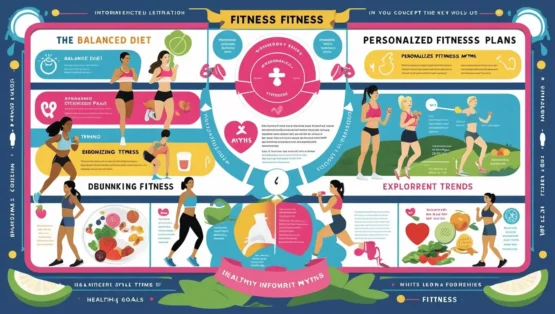



[…] the science behind doing only two workouts per day for maximum results. Learn optimal timing, benefits, and proven strategies for efficient […]